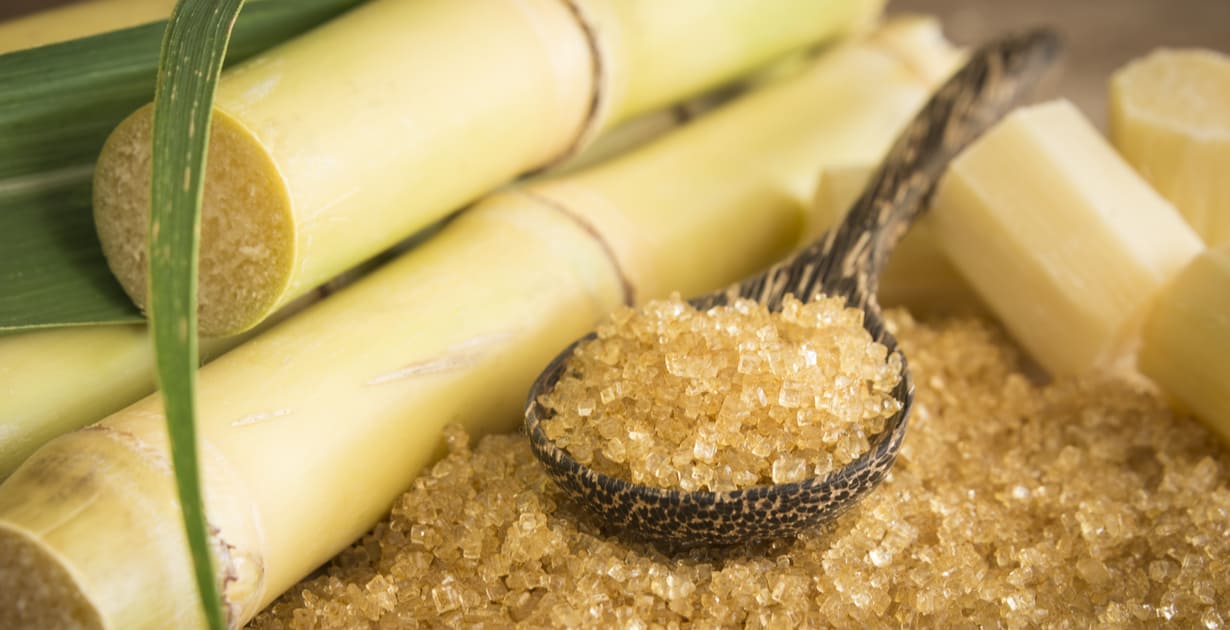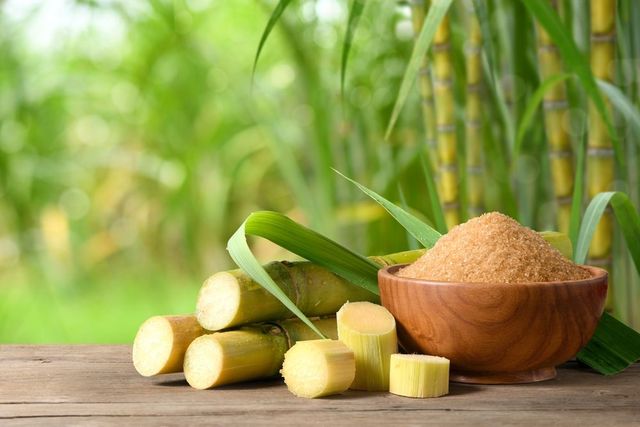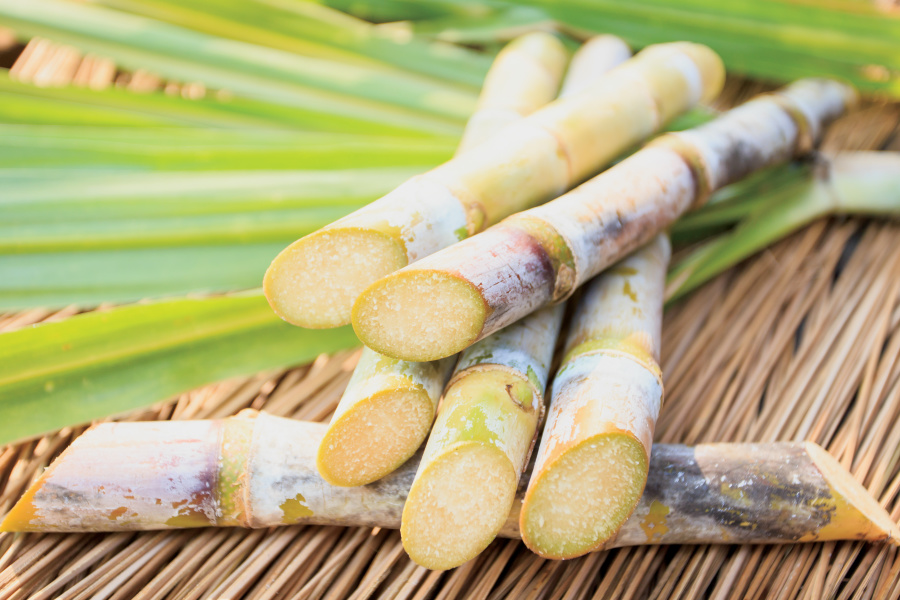Sugar and Cane: Exploring Their Role in Traditional and Modern Cuisine
Sugar and Cane: Exploring Their Role in Traditional and Modern Cuisine
Blog Article
Just How Walking Cane Sugar Handling Chemicals Improve Sugar Top Quality and Yield
The duty of processing chemicals in walking cane sugar production is pivotal, as they straight influence both the high quality and return of the last product. The unification of triggered carbon and enzymes serves to enhance the breakdown of intricate sugars, ultimately leading to a purer and higher-quality sugar.
Introduction of Walking Stick Sugar Handling
Walking stick sugar handling involves a collection of vital actions that transform raw sugarcane right into refined sugar products. The procedure starts with harvesting, where mature sugarcane stalks are reduced and transferred to refining facilities. Upon arrival, the walking stick undertakes washing to eliminate contaminations such as soil and plant products.
Adhering to washing, the walking stick is squashed to extract the juice, which includes sucrose - sugar and cane. This juice undertakes information, where lime and warmth are made use of to eliminate staying pollutants and non-sugar components. The cleared up juice is after that evaporated to focus the sugar web content, bring about the formation of thick syrup
Next, the syrup is crystallized via a controlled cooling process, resulting in sugar crystals. To achieve refined sugar, further purification steps are applied, including cleaning, re-crystallization, and drying out.
The last item is either packaged as raw sugar or better refined right into white sugar, satisfying various consumer and commercial needs. This detailed series of steps makes sure the production of top quality sugar, necessary for countless applications in food and drink industries.
Secret Processing Chemicals Used
The manufacturing of polished walking cane sugar depends on different processing chemicals that play significant duties at various stages. Among the most critical are lime (calcium hydroxide), phosphoric acid, and sulfur dioxide. Lime is largely made use of throughout the information stage to counteract level of acidity and precipitate impurities, causing a more clear juice. This step is important for boosting the total high quality of the removed juice.
Phosphoric acid serves a twin function; it boosts the information procedure and assists in the removal of color-forming substances, contributing to a greater purity of the last product. In addition, sulfur dioxide works as a bleaching representative, permitting the effective elimination of undesirable pigments and improving the shade of the sugar.
Other notable chemicals consist of activated carbon, which is employed for additional decolorization, and enzymes that promote the malfunction of complex sugars into less complex types, hence improving yield. The cautious selection and application of these processing chemicals are important for maximizing the efficiency of sugar removal and refining procedures, eventually bring about a more constant and better sugar item.

Impact on Sugar High Quality
Exactly how do handling chemicals influence the high quality of refined sugar? The intro of numerous chemicals in the cane sugar processing phase substantially boosts the pureness and overall high quality of the last item. Trick agents, such as phosphoric acid and calcium hydroxide, help with the information procedure, properly removing impurities and colorants that can negatively impact sugar's look and taste. By reducing the effects look here of undesirable elements, these chemicals assist attain a greater level of decolorization, leading to an extra marketable and visually attractive product.
Additionally, using turned on carbon and ion-exchange materials during the refining process plays an important role in eliminating off-flavors and undesirable smells, adding to the sugar's sensory profile. This improvement not just elevates the organoleptic and visual high qualities but also boosts the service life by reducing microbial activity related to pollutants.
On top of that, the accurate application of these chemicals ensures that the sugar shows a constant grain size and flowability, which are essential qualities for both industrial applications and customer preferences. Overall, the calculated use of processing chemicals is fundamental in attaining top why not try these out quality polished sugar that satisfies industry requirements and consumer assumptions.

Enhancing Yield Performance
Enhancing yield efficiency in walking stick sugar handling entails maximizing numerous stages of production to make best use of the amount of sugar extracted from raw walking stick. One important facet is the option and application of appropriate processing chemicals, which can facilitate the break down of cell walls and improve sugar launch throughout removal. Chemicals such as acids and enzymes play a crucial duty in this procedure by hydrolyzing polysaccharides and liquifying pollutants, consequently boosting the total extraction effectiveness.

Regular tracking and adjustment of processing criteria are vital to preserve performance throughout production (sugar and cane). By utilizing these strategies, sugar producers can not just increase the quantity of sugar acquired yet also decrease waste and reduced production expenses, adding to a more lasting and profitable sugar handling operation
Benefits for Manufacturers and Customers
Walking stick sugar processing chemicals provide significant benefits for both customers and manufacturers, producing a much more lasting and effective industry. For manufacturers, these chemicals improve extraction procedures, leading to greater yields and boosted sugar high quality.
The better quality of sugar translates to much better preference and consistency in food items. Additionally, the usage of handling chemicals can lead to a more secure supply of sugar, mitigating lacks and rate spikes that can occur due to ecological factors or market changes.
Verdict

The function of handling chemicals in walking stick sugar production is pivotal, as they straight influence both the top quality and yield of the last product (sugar and cane). The unification of triggered carbon and enzymes offers to enhance the breakdown of intricate sugars, eventually leading to a purer and higher-quality sugar.Walking cane sugar processing entails a series of critical steps that transform raw sugarcane right into polished sugar products.Enhancing return efficiency in walking stick sugar processing includes maximizing different phases of production to make the most of the quantity of sugar extracted from raw walking stick.Cane sugar processing chemicals play a critical role in improving both sugar quality and yield
Report this page